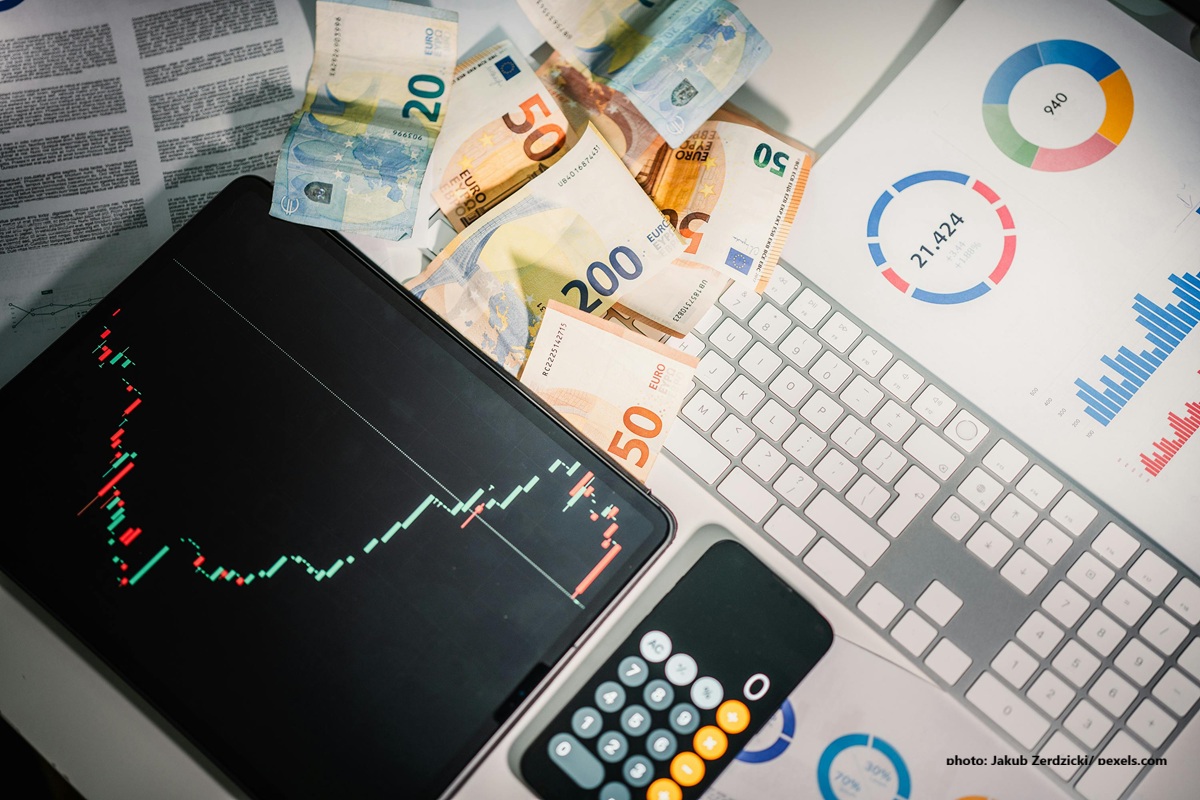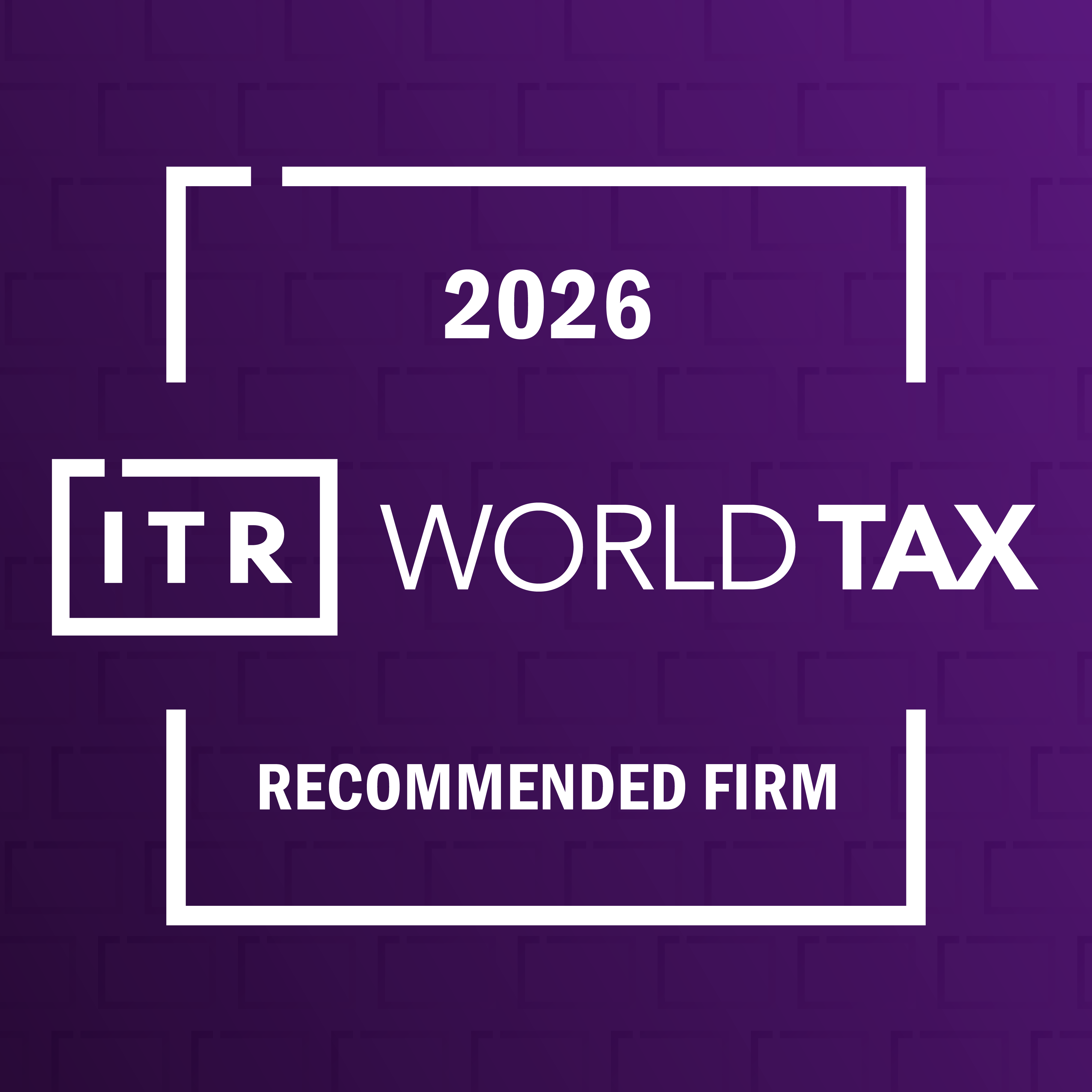Diverging 2026 Economic Growth Projections: Finance Ministry, Bank Indonesia, and Bappenas Offer Varying Forecasts

JAKARTA. The government, together with the monetary authority and the national development planning agency, presented differing projections for Indonesia's economic growth in 2026. These differences emerged during a meeting of Commission XI of the Indonesian House of Representatives (DPR RI) held on the evening of Thursday, July 3, 2025, attended by Minister of Finance Sri Mulyani, Bank Indonesia Governor Perry Warjiyo, Minister of National Development Planning (Bappenas)/Head of Bappenas Rachmat Pambudy, and Chairman of the Financial Services Authority (OJK) Mahendra Siregar.
The Ministry of Finance projected macroeconomic growth assumptions for 2026 to be in the range of 5.2% to 5.8%. According to Sri Mulyani, achieving the upper end of that target, 5.8%, would require strong contributions from various components of the economy. Household consumption would need to grow by at least 5.5%, investment would have to approach 6%, and exports must be maintained at around 7%.
“If we set the KEMPPKF (Government Work Plan and Fiscal Policy Framework) 2026 target at 5.2%–5.8%, then the burden on each growth component must increase. To reach 5.8%, consumption must grow by 5.5%,” explained Sri Mulyani, as quoted by cncbindonesia.com.
She added that consumption cannot rely solely on social assistance, but must also be supported by low inflation, job creation, and income growth. The government is also depending on several programs to drive growth, such as the Free Nutritious Meals (MBG) initiative, the Red-and-White Village Cooperative (Kopdes), school revitalization, and government spending.
BI Maintains Expectations
Bank Indonesia’s (BI) projection is relatively more conservative. BI Governor Perry Warjiyo forecasted Indonesia’s economic growth for 2026 to be in the range of 4.7% to 5.5%. Nonetheless, BI remains optimistic that growth could approach the Ministry of Finance’s baseline projection of 5.2%.
According to Perry, BI’s outlook takes into account external challenges, such as slower exports due to global economic conditions. He also emphasized the need to expand international trade cooperation to sustain export performance.
To support growth, Perry explained that BI has already cut interest rates twice and will consider further reductions. “We’ve gone all out to support the economy. We’ve lowered interest rates twice, and we will reduce them again,” said Perry.
He also noted that although BI’s forecast is lower, with the right strategies, such as implementing national priority programs like Asta Cita and accelerating investment, economic growth could still reach the government’s target of 5.8%. Perry further stressed the importance of reducing the Incremental Capital Output Ratio (ICOR) to improve investment efficiency.
Bappenas is the Most Optimistic
Meanwhile, the Ministry of National Development Planning (PPN)/Bappenas set the most optimistic target for economic growth. In the 2026 Government Work Plan (RKP), Bappenas projected growth in the range of 5.8% to 6.3%.
Minister of National Development Planning/Head of Bappenas Rachmat Pambudy stated that the 6.3% figure is still considered moderate, even though it is higher than the projections from Bank Indonesia and the Ministry of Finance. According to him, there is still room for higher growth, although it must be pursued with caution.
Regarding the differing projections, Rachmat emphasized that Bappenas uses a different approach from the Ministry of Finance. “So, if the Finance Minister's projection is based on budgeting, ours is based on planning,” he said. (KEN)


